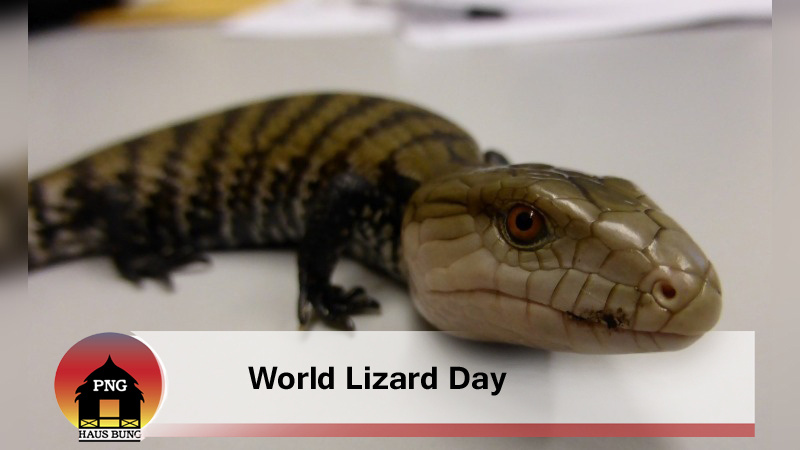NEWS
PNG IS HOME TO WORLDS LONGEST LIZARD
![]() By PNG Haus Bung |
August 13, 2021
By PNG Haus Bung |
August 13, 2021

Related News
LATEST NEWS





